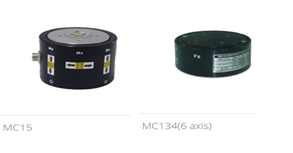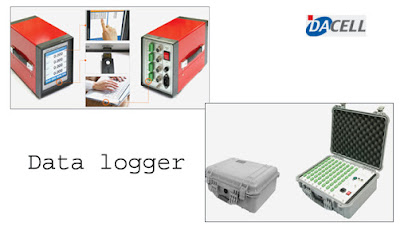Overview of Dacell’s Load Cells and Torque Sensors
Dacell's competitiveness is cost-down and customization, we are dreaming of entering the robot industry with multiaxis sensors.
Load
cells were first commercialized in the USA
and Japan, and they were first developed in Korea 20 or more years ago. Accordingly, it goes too much to say that
Dacell has witnessed the history of load cells in the domestic market.
Mr.
Shin, Hyeong-Gyun, CEO of Dacell, who has engaged in the development of load
cells for a long time, explained that the company’s competitiveness lay in cost
down strategy and product customization.
He
mentioned how he could enhance brand recognition home and abroad, saying, “The
quality of our load cells is almost same as that of American and Japanese
competitors, but our prices are very competitive as opposed to them. That is how we could survive in competition
with those high-priced products. At the
same time, we have tried our best to go far ahead of Chinese companies as far
as quality is concerned.”
In
addition, Mr. Shin continued to explain the key factors to long-term success,
saying “The other competitiveness lies in that we are capable of producing
custom-tailored products. Most of time,
customers find it difficult to apply general specifications indicated on the
catalog to their specific environments; however, we design products to their own
requirements. The customization of
products that satisfies customers’ needs has been the very reason for us to
maintain our business.” torque sensor measuring product
In
spite of the presence of various types of load cells, Mr. Shin is developing
load cell drawings every day to fill customers’ orders.
Dacell
obtained a patent for 3-axes load cell in February, 2010. A normal load cell is used to measure a force
on one side, while a three-axis load cell can measure a force of another
direction in addition to forces on both sides, namely forces of x, y, and z
axes. Additionally, the product group is
expanding into 6-axis load cells, which can measure the forces of three
directions and the torques of three directions simultaneously. Such multiaxial sensors are currently being
supplied to robotics companies.
Mr.
Shin made his intention public when he said, “Multiaxial sensors detect toward
which direction a biped robot apply or receive forces and help maintain balance
in walking.” He continued to say, “We’d
like to advance into the robotics industry, but we are still at early stages.”
He
added that the company had recently engaged in a research in which rotational
power is measured through the data on multidirectional forces which are
obtained during driving by multiaxial sensors attached to the wheels of a
vehicle. industrial weighing load cells
system
Dacell
will continue to invest time and sources to develop such target items including
multiaxial sensors so as to meet diverse customers’ demands.



Comments
Post a Comment